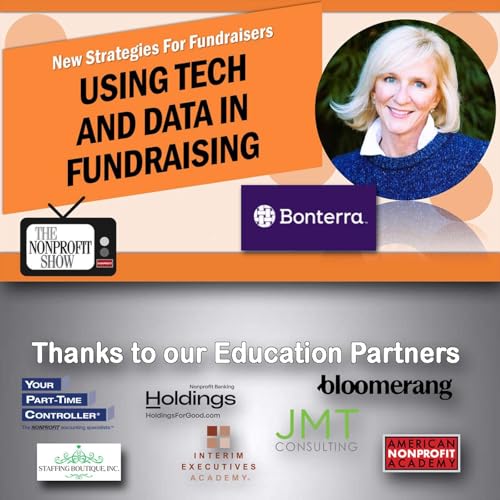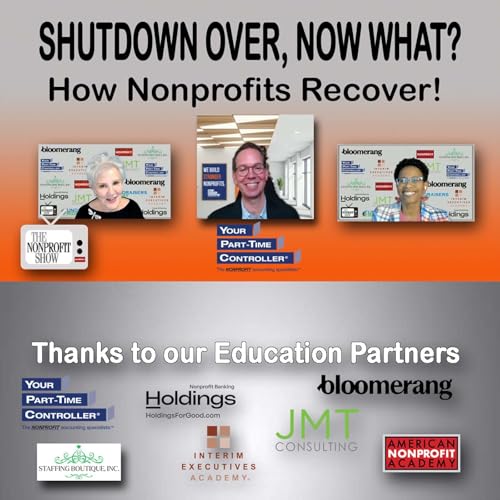Tech, data, and generosity are not abstract buzzwords—they’re concrete levers that can stabilize funding, expand impact, and re-energize exhausted fundraisers. Chief Fundraising Officer Kimberly O’Donnell of Bonterra joins us to map out how recurring giving, trust-based philanthropy, and AI-powered tools can move the entire sector from scarcity thinking into a new “generosity generation.”
Kimberly starts by reframing recurring giving as non-negotiable infrastructure, not a nice-to-have tactic. As she puts it, “Recurring giving is essential for nonprofit sustainability. Just no, hard stop there.” Bonterra’s own research shows why: in its Meet the Moment report, 58% of federally funded nonprofits report financial instability this year. In that environment, a predictable base of sustainers—monthly and annual—can keep programs moving even as federal funds, disaster response dollars, and one-time grants fluctuate.
She shares a compelling case study: a Bonterra client that introduced three choices on its donation page—one-time, monthly, and annual. By normalizing both monthly and annual recurring options, that organization grew from zero sustainers to more than 65,000, proving that donors will enthusiastically choose ongoing support when invited clearly and confidently.
Kimberly also dismantles the common boardroom fear that sustainers will cannibalize major gifts. In her view, that’s simply a myth. Monthly donors should be seen as high-value relationship partners whose lifetime contributions, planned gifts, and sponsorship potential can grow over time. The real problem isn’t “small monthly donors”; it’s organizations deciding on behalf of donors when and how they will give.
From there, the conversation widens. Kimberly explains how Bonterra’s vantage point—serving nonprofits, community foundations, CSR programs, and public agencies across the social good ecosystem—reveals sector-wide patterns in real time. Trust-based philanthropy, she notes, hasn’t disappeared; it’s evolving. Funders are becoming more intentional, concentrating resources on core pillars while streamlining reporting and using their networks to introduce nonprofits to new corporate and philanthropic partners.
Achieving that shift, Kimberly argues, will require data, AI, and human connection working together—what Bonterra calls the generosity generation.
AI, in particular, is already reshaping daily fundraising practice. Bonterra has been using agentic AI since 2016–2017, and its new tools are built with a “human in the loop” philosophy so fundraisers can test, refine, and own their messages.
Kimberly’s closing message is both empathetic and urgent: acknowledging nonprofit exhaustion yet pushing leaders to resist retreat: this is not a moment to slow down—it’s a moment to experiment, ask bolder questions, and lean on tools that make the work more sustainable.
#TheNonprofitShow #NonprofitFundraising #BonterraTech
Find us Live daily on YouTube!
Find us Live daily on LinkedIn!
Find us Live daily on X: @Nonprofit_Show
Our national co-hosts and amazing guests discuss management, money and missions of nonprofits!
12:30pm ET 11:30am CT 10:30am MT 9:30am PT
Send us your ideas for Show Guests or Topics: HelpDesk@AmericanNonprofitAcademy.com
Visit us on the web:The Nonprofit Show
 31 m
31 m 32 m
32 m 32 m
32 m 31 m
31 m Nov 13 202531 m
Nov 13 202531 m 30 m
30 m 30 m
30 m 31 m
31 m
